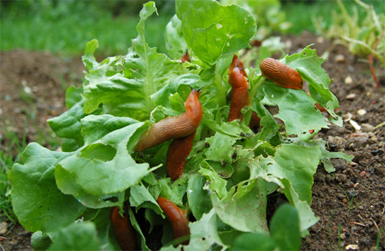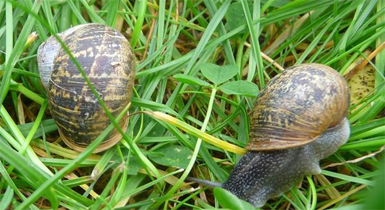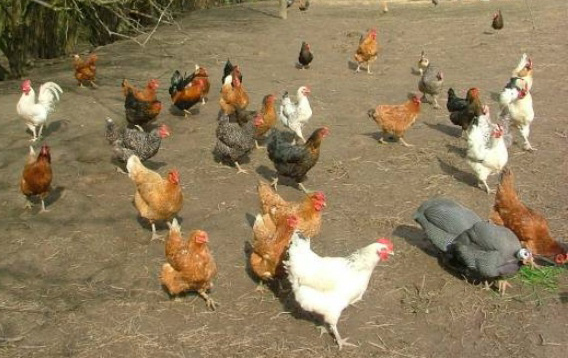
young plants have been devoured overnight by snails and slugs. These
pests are a perennial problem, as both snails and slugs produce large
quantities of eggs which even harsh winters may fail to kill. They also
love wet conditions. To get rid of snails and slugs completely is
impossible, but there are, nonetheless, tried and tested methods of
controlling these troublesome creatures.
Minimising snail and slug damage in the new garden
When you are planning a garden, be aware that stone and brick walls are
habitats loved by molluscs with and without shells. If you have any such
walls in the garden, snails and slugs will cluster there in large
numbers. Do not think that siting your vegetable patch at the opposite
side of a large garden will help, because these trouble-makers will make
their way over surprisingly quickly. There are some plants which
gastropods do not like to eat, notably those which are hairy, bitter or
fragrant. Lavenders, for example, will not be attacked and neither will
roses or pelargoniums. Other slug-resistant plants include lady’s
mantle, aguilegias and fuchsias.
How to get rid of snails and slugs from the vegetable garden
These pests love succulent young growth, which makes young lettuces,
beans and courgettes very susceptible. You can scatter chemical slugs
pellets around your young plants, though be aware that some of these are
harmful to birds, other wildlife and domestic pets. They are best used
sparingly and as a last resort. Alternative barriers to keep snails away
from vulnerable plants are sharp materials such as gravel, or copper
rings, which give the slimey pests an electric shock. However barrier
methods are less successful with slugs, the majority of which attack
from below the soil. An organic method of controlling these is the
nemotode worm. Although very reliable in getting rid of the very
destructive small black slugs, it is an expensive method to use for more
than a small area of ground.

molluscs. If you provide the habitat they need, they are your best
allays in the battle to get rid of snails and slugs from your garden.
Make your garden into a wildlife-friendly area by creating a pond or
bog-garden where amphibians can drink and shelter, plus a woodpile and
compost heap where hedgehogs can nest. If you are doing this though, do
not also use pesticides, as they can kill the very creatures you are
trying to attract.


